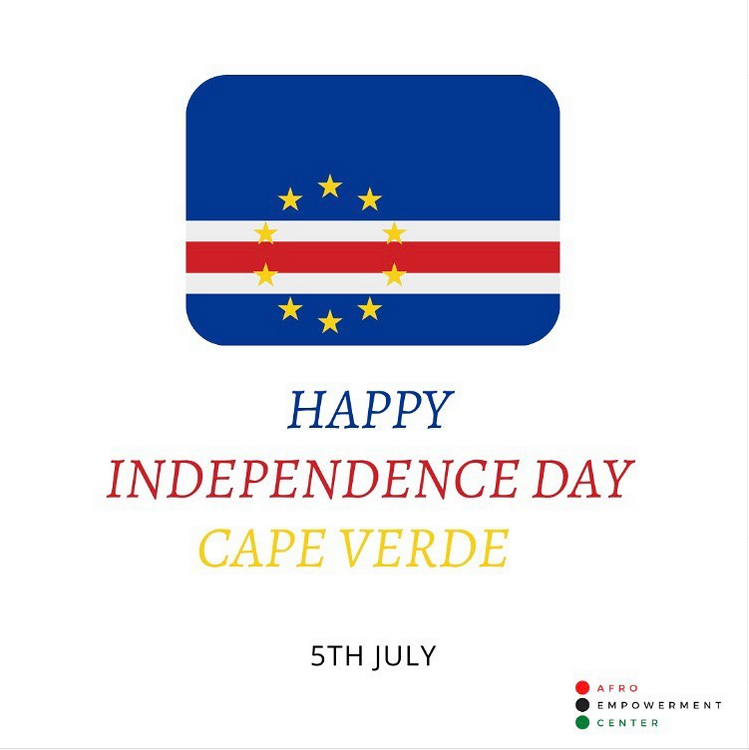Cape Verde gained independence from Portugal on 5 July 1975.
Things you may not know about Cape Verde:
– The archipelago was uninhabited until the 15th century.
– Cape Verde is made up of ten islands and five islets.
– Cape Verde and Guinea-Bissau were a joint country until 1980.
– Culturally, the Barlavento islands (Santo Antão, São Vicente, Santa Luzia, São Nicolau, Sal, and Boa Vista) identify more with the Portuguese colonisers while the Sotavento islands (Brava, Fogo, Maio, and Santiago) identify with the Africans.
– Santiago is the biggest of the islands, and is home to Cape Verde’s capital Praia. Each of the islands has its own mayor and some their own capital city.
– Sal gets its name from the salt lake in a volcanic crater where the water is 26 times saltier than the sea.
– Mountain Fogo, Cape Verde’s highest peak, last erupted from late 2014 to early 2015.
– Santo Antao has its own Jewish heritage since the 15th century due to the Portuguese and later Moroccan Jews fleeing persecution. Today there are no practising Jews on the island, although this history is remembered in the name of the village Sinagoga.
– Sao Nicolau is known as one of the most traditional islands, home to the oldest seminary in West Africa.
– Sao Vicente is the cultural hub, home to some of the island’s greatest musicians and writers.
– The country has one of Africa’s most stable democratic governments.
– Portuguese is still the official language, while Creole is widely spoken.
– The nation’s expatriate population is greater than its domestic population.
– It is estimated that the islands have one goat for every two people.
Happy independence day Cape Verde

